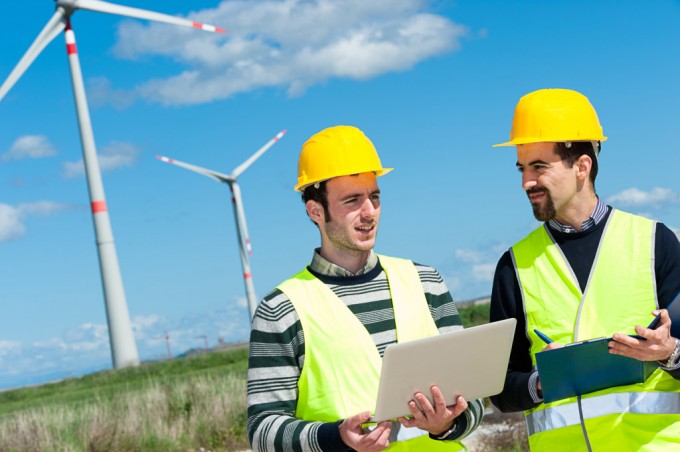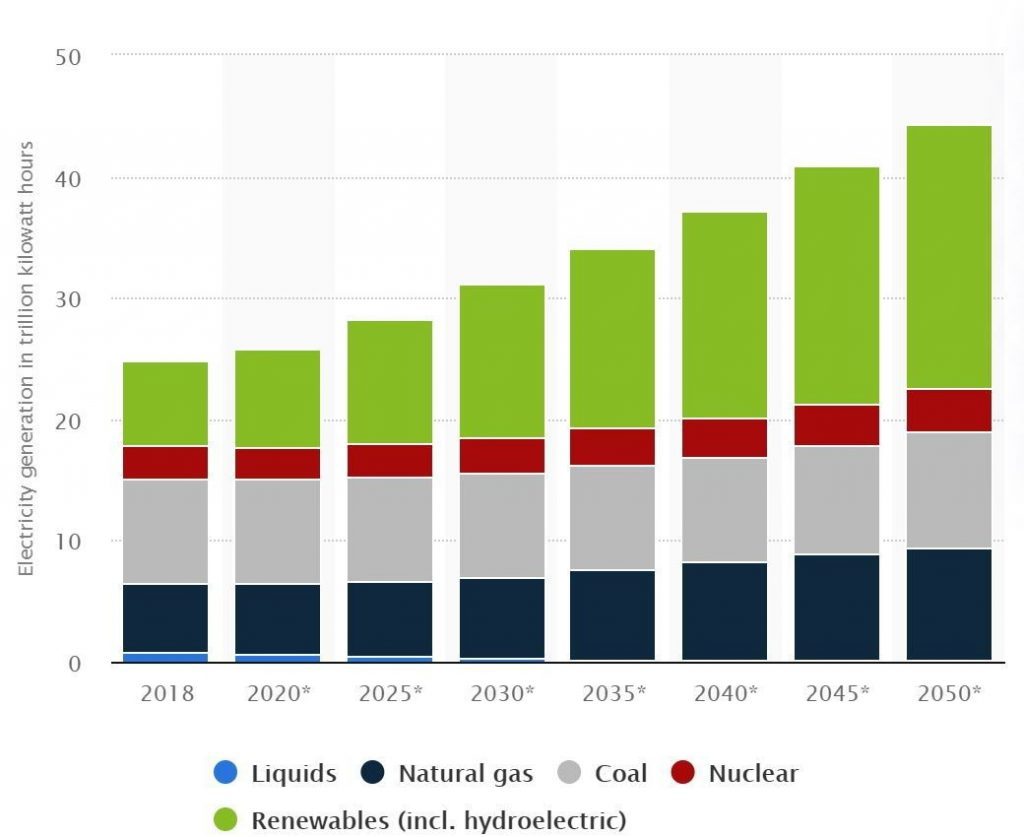Green energy is widely touted as a panacea to the current energy crisis. If the world can transition away from fossil fuels, proponents argue, then we can avert climate catastrophe.
A growing number of people, however, are questioning this hypothesis, including in the environmental community itself. While it is true that wind and solar slash carbon output, there’s no guarantee that they will be good for the environment. The reverse may actually be true.
The Difference Between Renewable Energy And Sustainable Energy
People use the terms “renewable energy” and “sustainable energy” interchangeably, but they refer to different things.
Renewable energy is any source of energy that doesn’t deplete the resources of the natural world. So, for instance, wind is renewable because it will never run out for as long as the sun shines. The same applies to solar.

Green Tech Innovations: Sustainable Living at its best
Fossil fuels are not renewable because there’s a finite quantity of them in the ground. Eventually – probably within the next couple of hundred years – they’ll run out, and we’ll have to find other ways of powering our civilization.
Sustainable energy, by contrast, is an energy production system that lives in harmony with the natural environment. It is easy to imagine renewable energy that is not sustainable. So, for instance, a manufacturer could make solar panels that contain toxins that destroy the natural environment. When the units come to the end of their life, they leak harmful chemicals into the ground, harming ecosystems.
Forms Of Sustainable Energy

Renewable energy could power the world by 2050. Here’s what that future might look like
Naturally, you might wonder whether there are any genuinely sustainable forms of renewable energy. When you think about it deeply, it is difficult to imagine any source of energy, other than food, that exists in equilibrium with the planet. All human interventions have an impact on some level.
Sustainable energy solutions, therefore, are considerably more challenging to achieve than renewable ones. The threshold of success is much higher.
For those trying to find the best electricity rate, this can be a challenge. If you’re somebody who wants to go green, you have to be very selective about the tariffs that you choose. While some might meet renewable criteria, they may not be doing so in a sustainable way. What we care about most is the long-term future of the planet, not the technology underlying energy production. That is just a means to an end.
So are there any genuinely sustainable forms of energy production out there?
The answer is that right now; there are very few technologies available that would meet the criteria. But in the future, that could all change.
Geothermal Energy
How Geothermal Energy Should Be Used
The most sustainable form of energy production that we have at present is geothermal. Using the energy from the Earth’s crust is safe, does not interfere with wildlife, and does not involve the use of any dangerous chemicals. The only problem is that there isn’t enough geothermal energy to go around unless we start digging enormous holes in the Earth’s crust.
Tidal Energy
The other sustainable form of energy generation is tidal. Again, tidal generators tend not to interfere with wildlife in any significant way, nor do they require the use of toxic chemicals. But while they could generate more energy than geothermal globally, they’re costly and difficult to scale.
Nuclear Fusion
Hydrogen: The Secret To Commercializing Nuclear Fusion
Perhaps the only truly safe and renewable energy source on the horizon is nuclear fusion. This source of electricity production would solve all of the problems of existing renewables and offer a host of additional benefits.
First, it would get rid of the need to cover the landscape in solar panels and wind turbines. Like it or not, that’s a high cost, both to the economy and the environment,
Second, it can generate electricity continuously, without the need for mass-scale battery storage.
Third, it can create electricity on a much larger scale. Some tokamak designs can generate up to ten times the energy of a regular coal-fired power plant, meaning fewer installations and a much lower cost of electricity.
And, finally, fusion is entirely sustainable in the long term. The inputs are basic chemical elements, of which we have a near-infinite supply.
Is Your Manufacturing Business Eco-Friendly Enough?
Remember, fusion is nothing like fission. A fusion reactor does not use radioactive materials as inputs. Nor does it generate any contaminated waste products. There’s no risk of a Chernobyl-style reactor meltdown. Instead, it is perfectly safe. If the reactor fails, it quietly cools down and switches off, leading to a power cut. There’s no long-term radiation leak or exposure.
Green energy, therefore, can be sustainable, but that doesn’t mean that it is.
